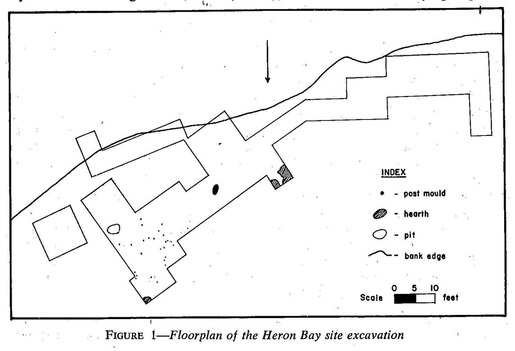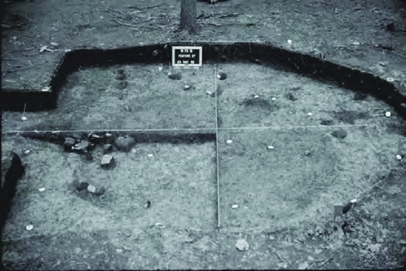
I will add a general entry to the database for the Yellowbush Creek site (Structure 2259). Hopefully discrete structures can be identified there if work is conducted in the future. The work described by Keener et al. (2010) was carried out by PAST. I thank Craig Keener for pointing out the publication on the Ohio Archaeological Council webpage.






 RSS Feed
RSS Feed
